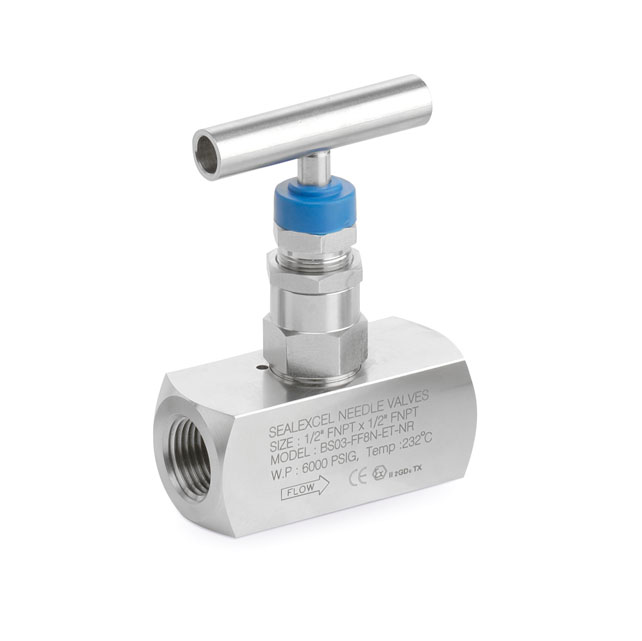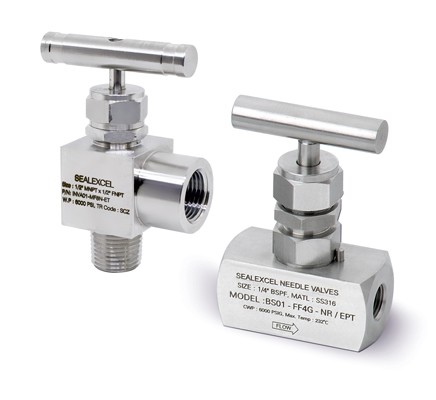High-pressure Needle Valves – how does it work?
October 27, 2021
The Latest Trends in Needle Valves Manufacturing in India
April 5, 2023Needle valves, like other valves, are in charge of ensuring the safe and effective operation of industrial machinery, and they regulate the flow of fluid through a pipeline. There are numerous ways to separate the flow in a pipe system For this to happen, various valves and blinding systems are available. On the other hand, Needle valves have a very distinct application and purpose, which are also known as Plunger valves. This aids pipe experts in precisely controlling and regulating fluid flow and pressure because of its small needle-like stopper and port arrangement. The needle valves are microscopic, but they have extremely precise fluid flow.
The Operation of Needle Valves:
Needle valves can be manually or mechanically actuated; a manually driven needle valve disc is opened or closed by turning a handwheel. When the Handle is cranked clockwise, the plunger raises, opening the valve and allowing fluid to flow through. When the Handle is cranked anti-clockwise, the plunger moves closer to the seat, reducing the flow rate and eventually intercepting the fluid flow.
A hydraulic motor or an air actuator controls automated needle valves, which open and close the valve automatically. The motor or actuator will assist in adjusting the plunger’s position in response to the timer or external data fed into the system during monitoring.
Needle valves, both manually and automatically operated, allow precise fluid flow rate control. Because the handwheel is precisely threaded, it takes several spins to change the plunger’s position from the seat. As a result, the needle valve can improve flow rate regulation in the system.
Needle valves, both manually and automatically operated, allow precise fluid flow rate control. Because the handwheel is precisely threaded, it takes several spins to change the plunger’s position from the seat. As a result, the needle valve can improve flow rate regulation in the system.
Uses of a Needle Valve:
Needle valves are commonly used to control flow and protect sensitive gauges from liquid and gas pressure surges, and they are ideal for systems with low flow rates and lighter, less viscous materials.
These valves can also be used in high-temperature and oxygen applications due to their materials. It’s crucial to select a needle valve made of the appropriate material for the job at hand and stainless steel needle valves are the ideal ones. This will extend the valve’s life and keep your systems working smoothly and safely.
Applications of needle valve:
Needle valves are used almost everywhere where steam, gas, oil, air, water, or other non-viscous liquids must be controlled or metered and are used in the power generation, zoological sciences, cooling, instrumentation control, and gas and liquid dispensing industries.
The needle valve is not used in slurries or viscous media because the narrow aperture can be readily clogged by thick material or particles.
Seal excel needle valves are all wetted parts in line with NACE MR01-75 Heat Code Traceable to certified material test report Available in material SS316, Inconel, Monel, Duplex, etc. and every valve is put through its paces at the manufacturing.

